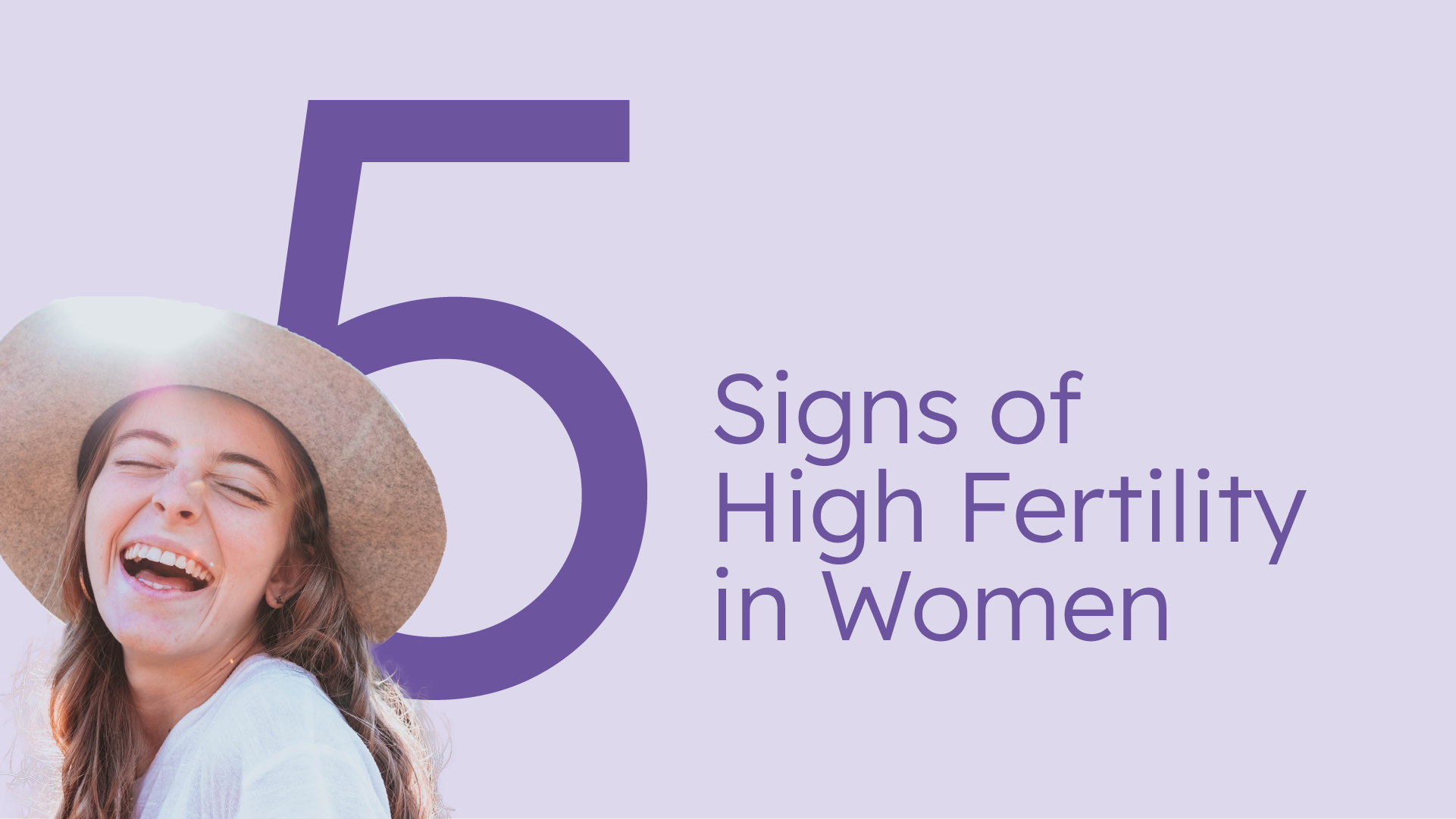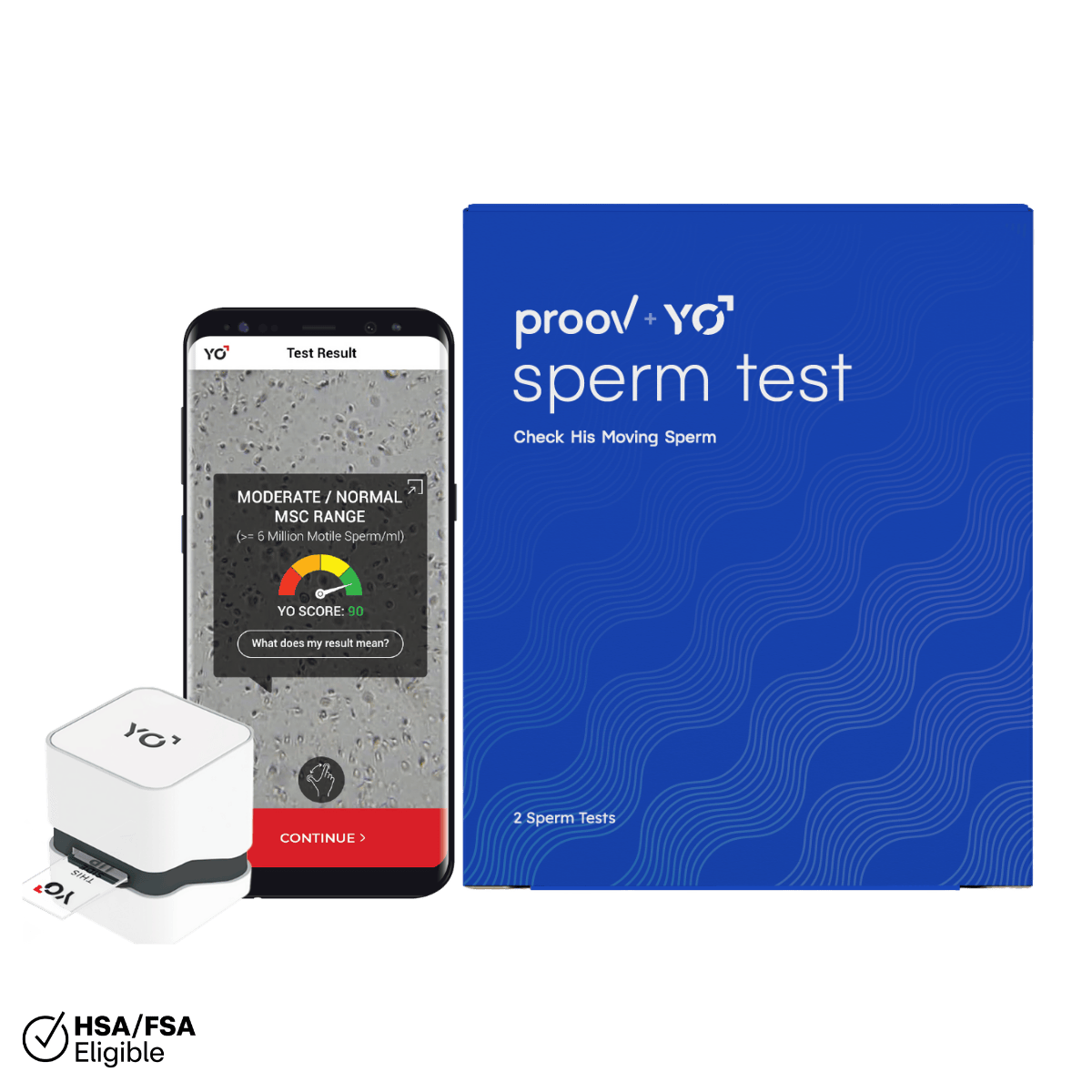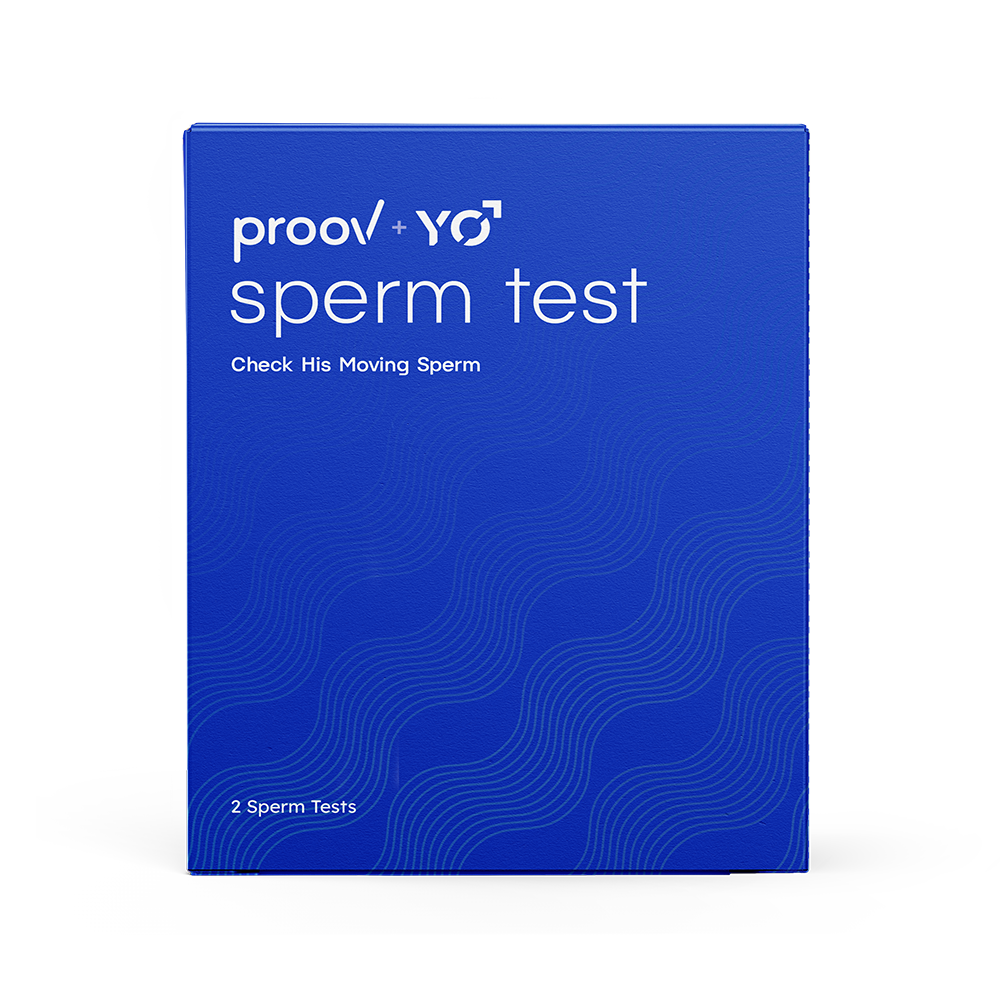When it comes to trying to get pregnant, there’s a lot of misinformation out there! Despite what you may have been led to believe, women are only able to get pregnant for a few days during their cycle (the time from one menstruation to the next), around the time of ovulation.
Since sperm only live up to 5 days inside the female reproductive tract, that means there’s only a short time each cycle (roughly each month) that you’re actually fertile!
How do you find this time, though? The good news is that your body gives many different signs that your fertility is high, and they’re pretty easy to interpret. Especially if you’re new to trying to conceive, you don’t need to interpret or identify all the signs, either. Just starting with one or two is great!
So without further ado, here are our 5 favorite signs of high fertility in women.
1. Estrogen and Luteinizing Hormone Rises
Okay, this is cheating a bit, since your hormonal changes are both a cause and a sign of high fertility! Without estrogen rising, none of the rest of the signs on this list would happen, so suffice it to say this one is really important.
Estrogen is a hormone released by your ovaries in response to your brain’s signals that it’s time to get ready for ovulation. As estrogen begins to rise, follicles (the sacs that contain eggs) in the ovary will grow, and one follicle will eventually become dominant.
When that occurs, the brain sends luteinizing hormone (LH), to trigger ovulation in the next 24-36 hours. If you’re trying to figure out when high fertility is, estrogen and LH are two important hormones to track.
How do you tell that they’re actually rising, though? Well, the next four items on this list are good indicators, but you can also track these hormones directly with easy, at-home urine testing. Proov Complete tests both E1G (a marker of estrogen) and LH, and detects up to 6 fertile days (it also tests PdG, which you can read more about here).

You can also test LH on its own, using LH tests like Proov Predict. This is a great way to predict when ovulation is coming and detect peak fertility.
2. Fertile cervical fluid
When estrogen begins to rise, it stimulates the cervix to begin producing increasingly wet, slippery fluid. Cervical fluid (or cervical mucus) becomes less thick and sticky, and assists sperm transport, providing nutrients and ideal conditions for sperm to survive.
This typically begins a few days before ovulation is due to occur, and healthy fertile cervical fluid will progressively become more slippery, stretchy, and clear like egg whites. Once you notice this type of cervical fluid, it’s likely a good time to try!
You can track your cervical fluid by wiping when you use the restroom, and looking for the days of egg white quality fluid. You can also check out kegg, which tracks electrolytes in your cervical fluid to detect your fertile window.
3. Ovulation pain
Ovulation pain doesn’t always occur, but it can be a useful sign for some women that ovulation is just around the corner. Studies show that about 40% of women experience some sort of pain around ovulation and it often coincides with LH peak but not always.
This pain, sometimes called “mittelschmertz,” can be anywhere in the abdominal region, and may range from dull cramps to sharp or sudden pain. It shouldn’t last very long, or be so painful that it requires pain management (if you’re experiencing severe pain, contact your provider).
Ovulation pain isn’t a perfect predictor of the time of ovulation, considering it can be up to 7 days from the actual time of ovulation, and isn’t necessarily caused by release of the egg itself. For those who experience it regularly, though, it can be another good sign of when your fertility is highest.
4. Increased sex drive
It’s pretty convenient (if you’re trying to conceive) that another sign of high fertility is an increased libido! Studies show that ovulating women experience increased sex drive and even a better perception of their own body image.
This occurs because high estrogen levels increase sexual desire, and so as estrogen rises to hit its peak around ovulation, you may notice an increase in desire and responsiveness to your partner! If you’re trying to conceive, this increased libido will often correspond with the best time to try.
Testosterone levels, while low for females overall compared to males, also peak around ovulation, contributing to a higher sex drive.
5. Mood and energy changes
In addition to increasing libido, estrogen and testosterone at healthy levels are also natural mood-boosters! Estrogen interacts with many neurotransmitters, contributing to serotonin release and reuptake.
Similarly, healthy testosterone levels are important for mood and energy. Testosterone that’s too high or too low has been linked to depression in women, and proper testosterone levels can help give you more energy when you’re around ovulation.
Overall, many women experience the time of highest energy and best mood when their fertility is high and ovulation is approaching! One study found that women naturally cycling experience positive mood changes around ovulation, relative to those on hormonal contraceptives (not ovulating). If you exercise according to your menstrual cycle, this is the time that it’s recommended you include your most intense cardio or interval workouts, because you’ll have the most energy available.
So now you know five tangible signs of high fertility that you can track and use to your advantage!

If you’re wondering what’s next and you want to learn more, you may want to:
- Learn the difference between high and peak fertility
- Determine if you’re actually ovulating successfully
- Find your implantation window - the next key time in the cycle to become aware of!












